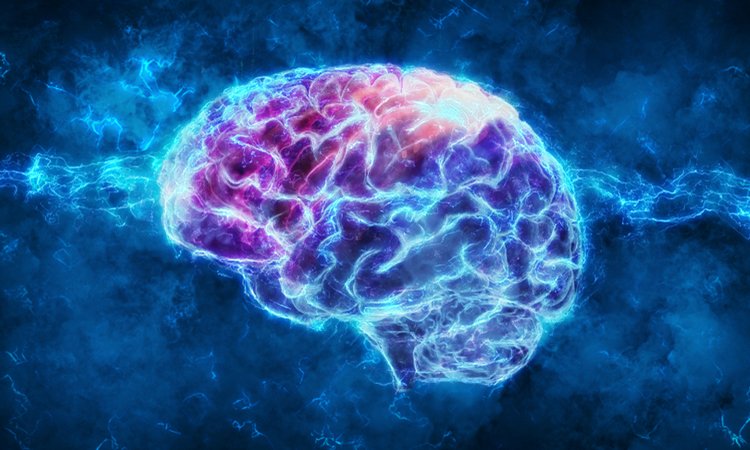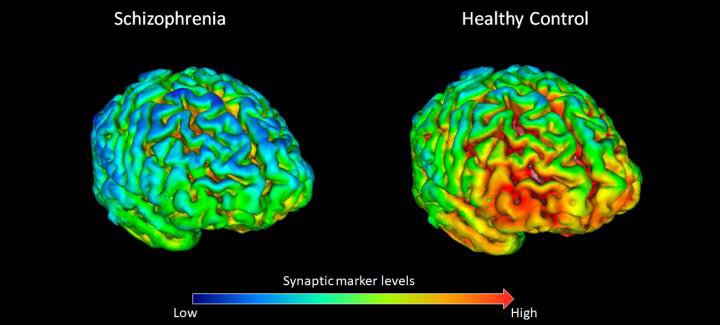Lower levels of SV2A protein identified as drug target for schizophrenia
Posted: 15 January 2020 | Victoria Rees (Drug Target Review) | No comments yet
Using brain scans, a study has shown that schizophrenia patients have lower levels of the protein SV2A in their brains which presents a drug target.


Researchers have been able to show for the first time that there are lower levels of proteins, specifically SV2A, found in the connections between neurons in the brains of schizophrenia patients.
Advances in scanning, using imaging facilities at the UK Medical Research Council (MRC) London Institute of Medical Sciences, allowed the team to conclude that their findings could be the reason for the cognitive difficulties seen in schizophrenia patients and provide targets for new treatments.
Previous research has suggested that schizophrenia is caused by dysfunctional synapses, but this could only be studied in post-mortem brain samples and animal and cell models.
The scientists in the current study detected schizophrenia in living brains for the first time using a tracer that emitted a signal picked up by a positron emission tomography (PET) brain scan. After injection, the tracer binds specifically to a protein found in synapses called synaptic vesicle glycoprotein 2A (SV2A). This protein has been shown as an effective marker of the density of synaptic nerve endings in the brain.
The researchers scanned 18 adults with schizophrenia and compared them to a control group of 18 adults without the condition. The scans allowed the researchers to characterise approximately 100 trillion synapses in each brain. They found that for patients with schizophrenia, levels of SV2A were lower in the front parts of the brain which are involved in planning.


PET brain scans showing that 18 healthy volunteers (right) have on average higher levels (shown by yellow-red) of synapse marker protein SV2A than 18 participants with schizophrenia (left) [credit: E. Onwordi at MRC London Institute of Medical Sciences (LMS)].
As the patients with schizophrenia had all received antipsychotic medication, the researchers wanted to exclude this as a factor in synaptic dysfunction. They administered haloperidol and olanzapine, two antipsychotic drugs, to rats for 28 days. Scanning these models revealed that the drugs had no effect on SV2A levels.
Professor Oliver Howes, who led the study, said: “Our lab at the MRC London Institute of Medical Sciences is one of the few places in the world with this new tracer, which means we’ve been able for the first time to show there are lower levels of a synaptic protein in people with schizophrenia. This suggests that loss of synapses could underlie the development of schizophrenia.
“We need to develop new treatments for schizophrenia. This protein SV2A could be a target for new treatments to restore synaptic function.”
The study was published in Nature Communications.
Related topics
Drug Targets, Imaging, Neurons, Neurosciences, Research & Development
Related conditions
Schizophrenia
Related organisations
Medical Research Council (MRC), Medical Research Council (MRC) London Institute of Medical Sciences
Related people
Professor Oliver Howes



